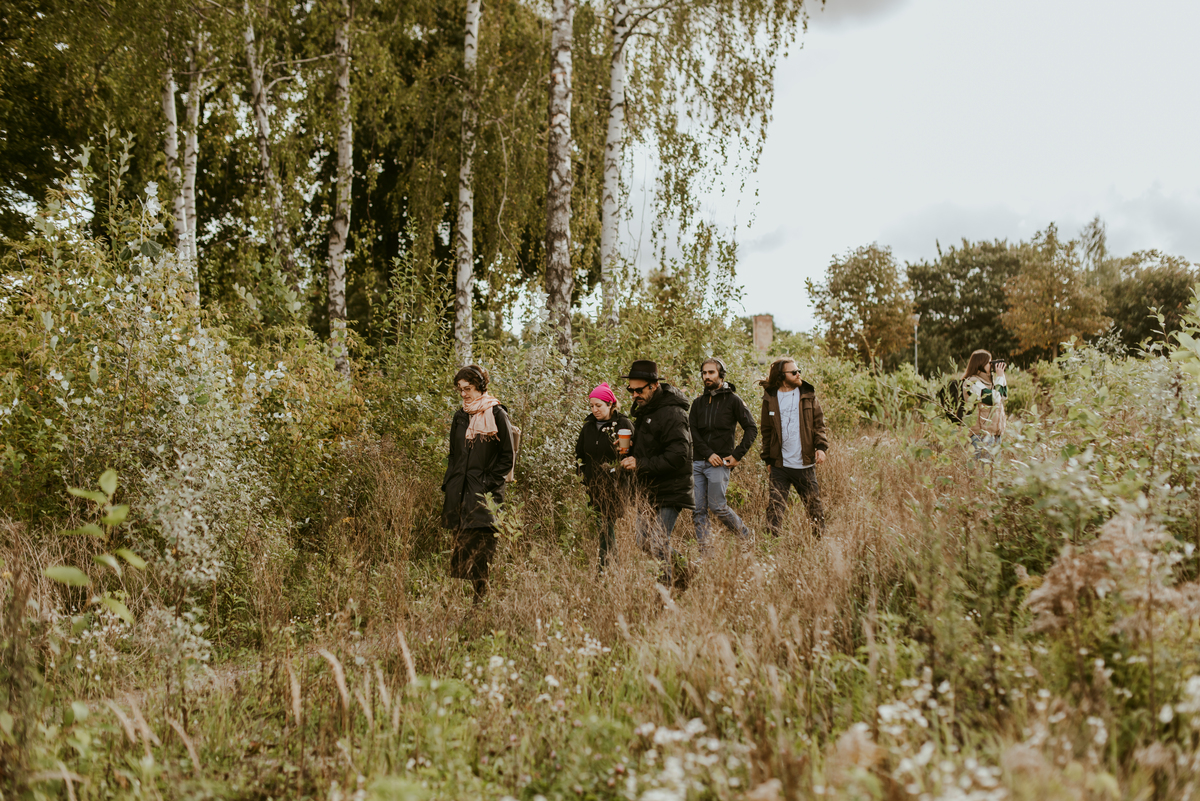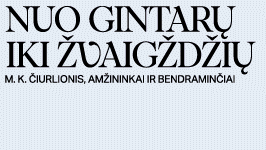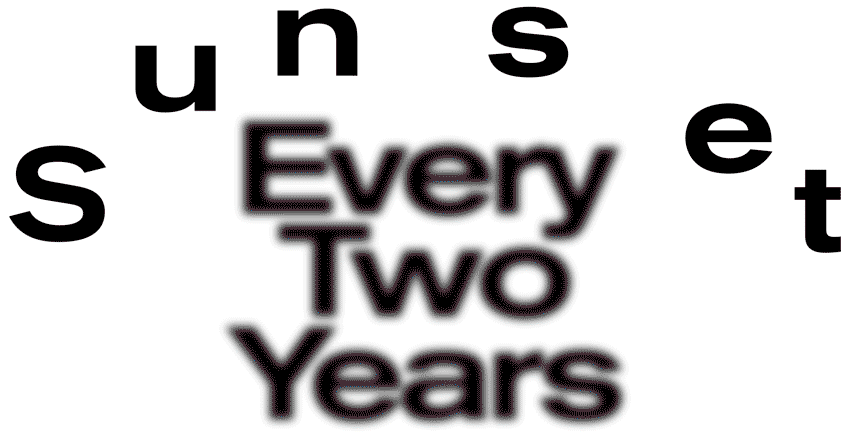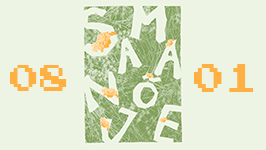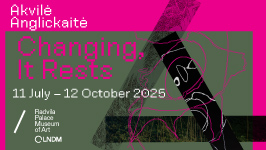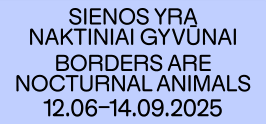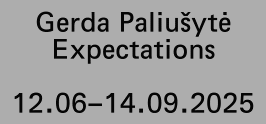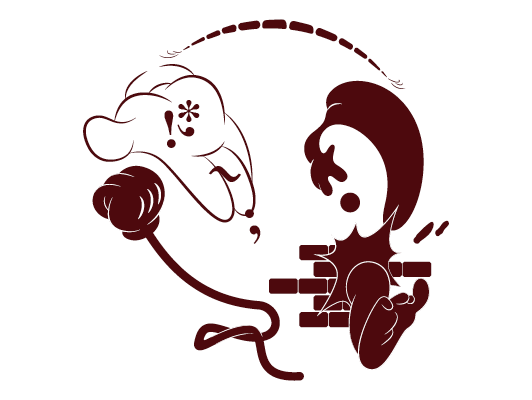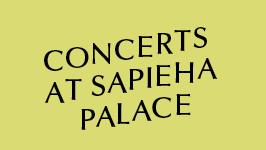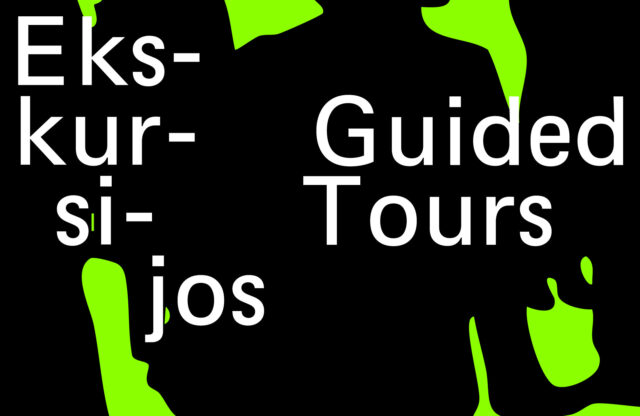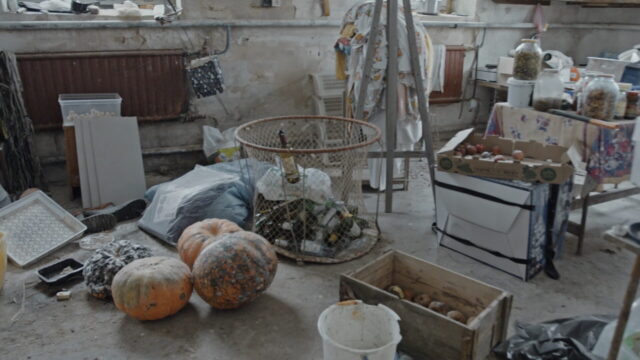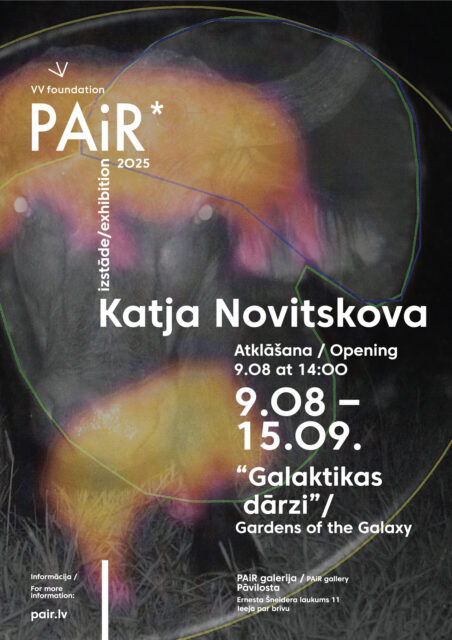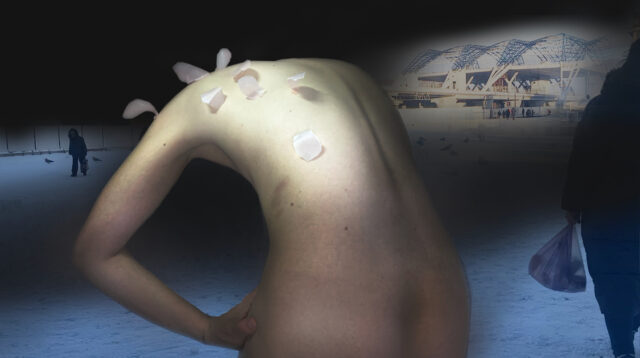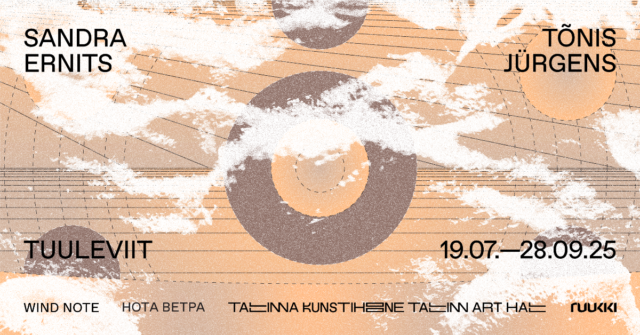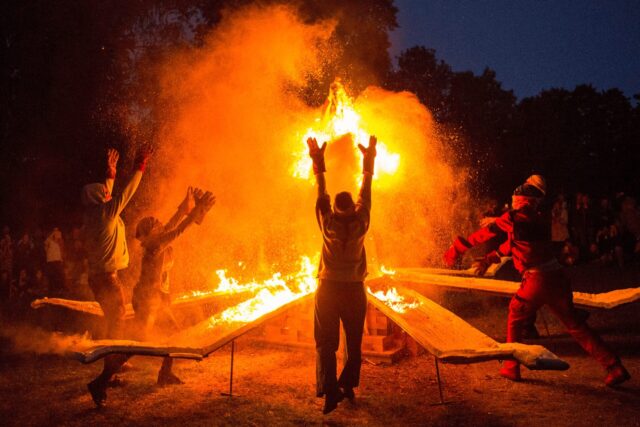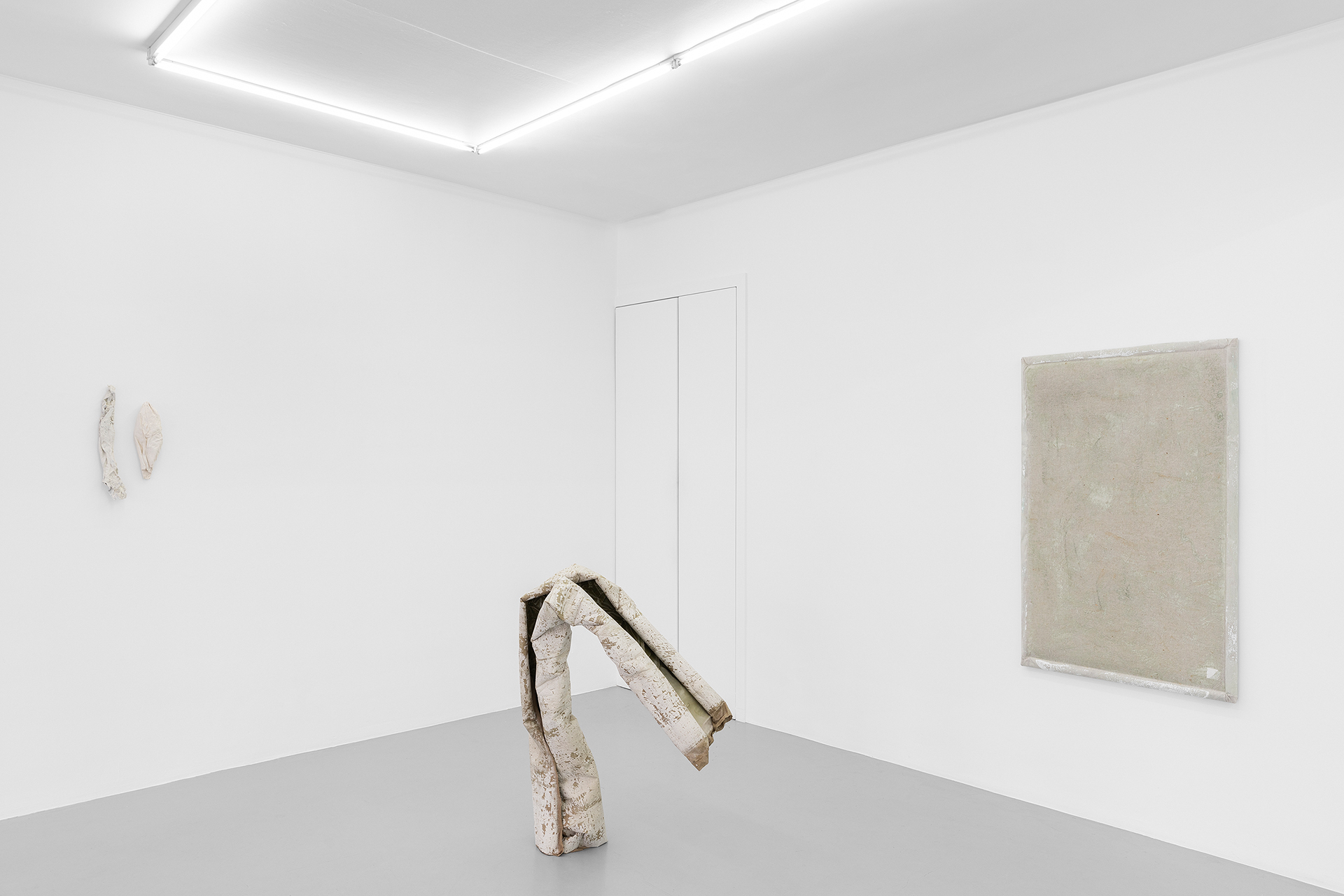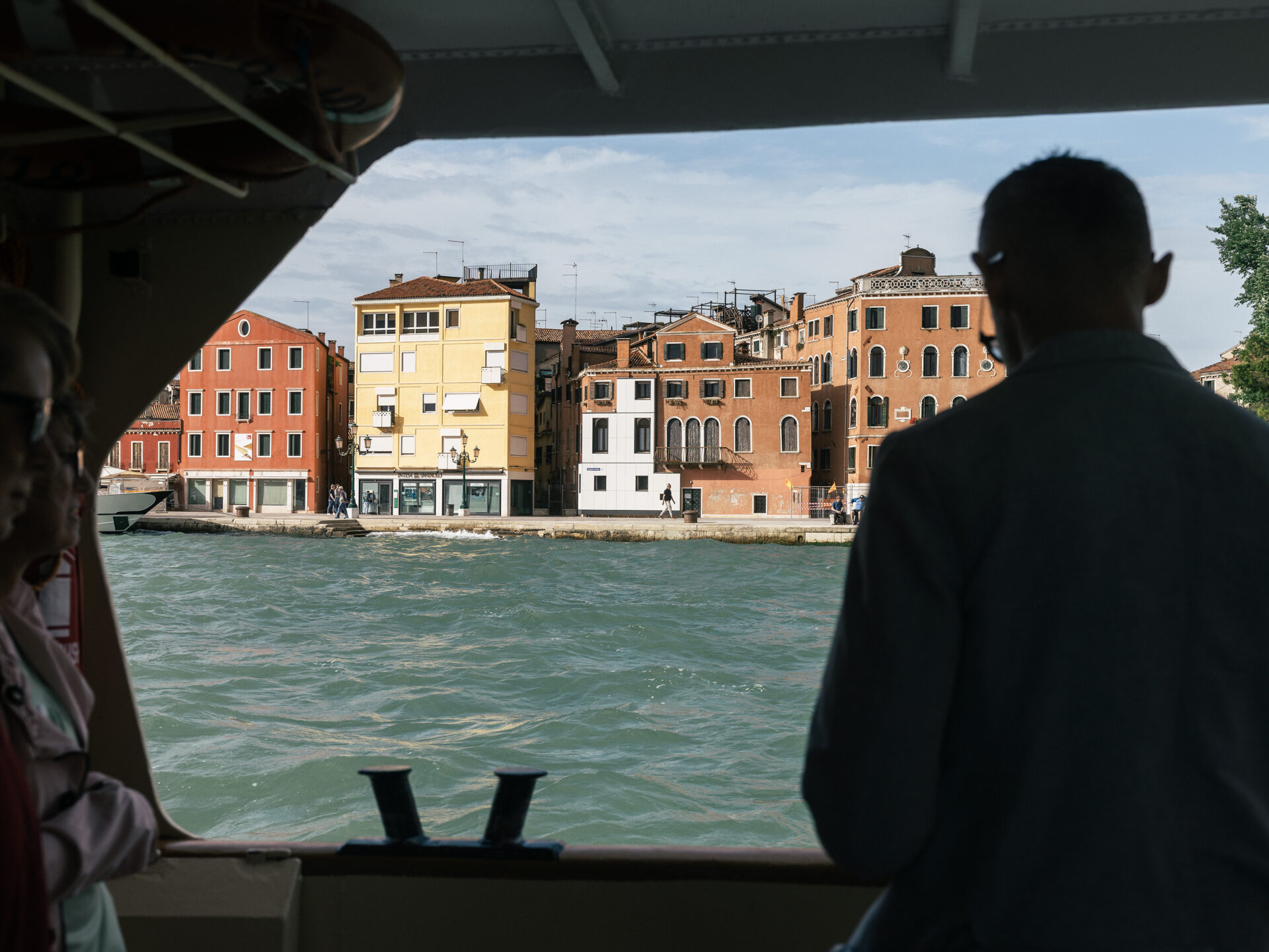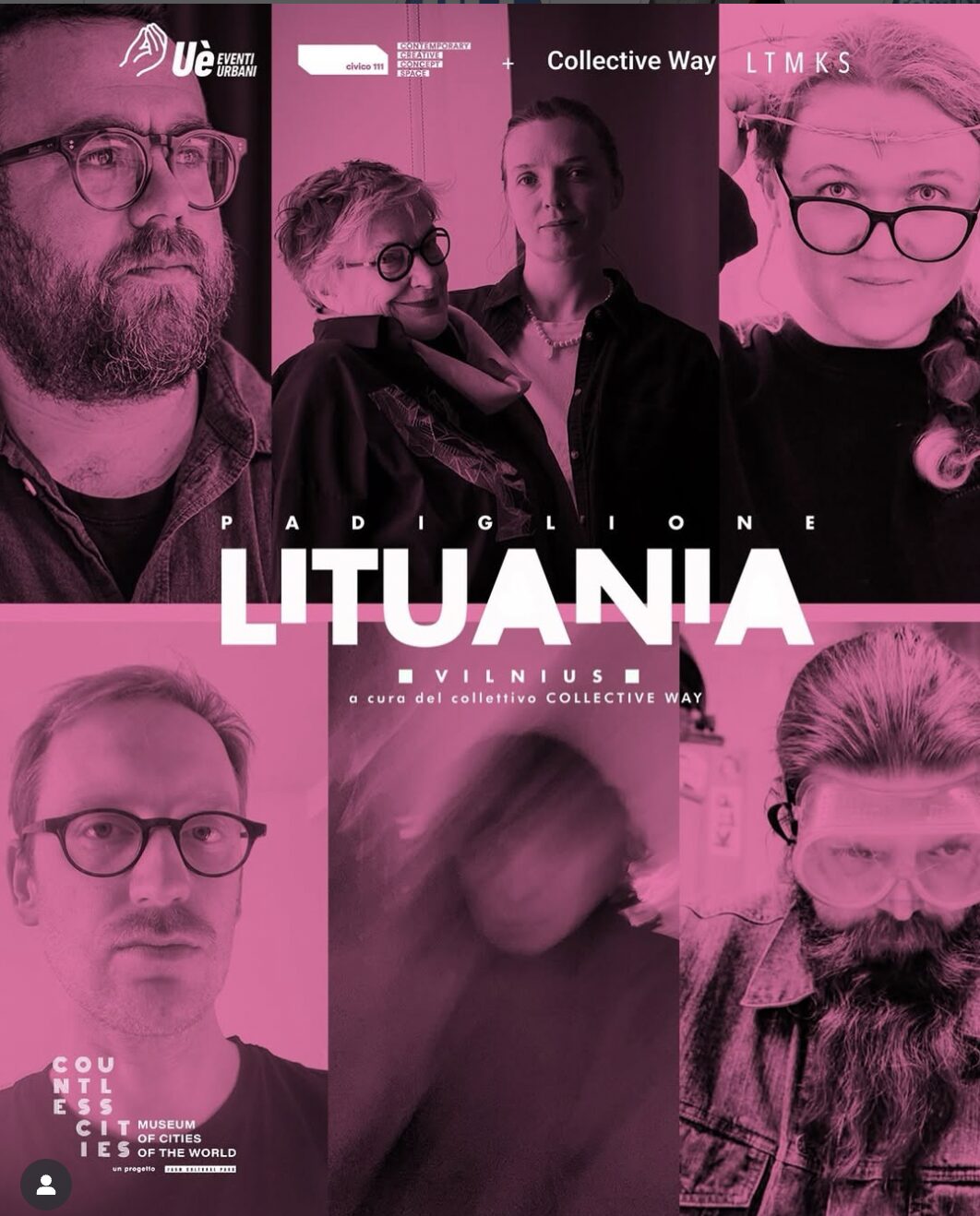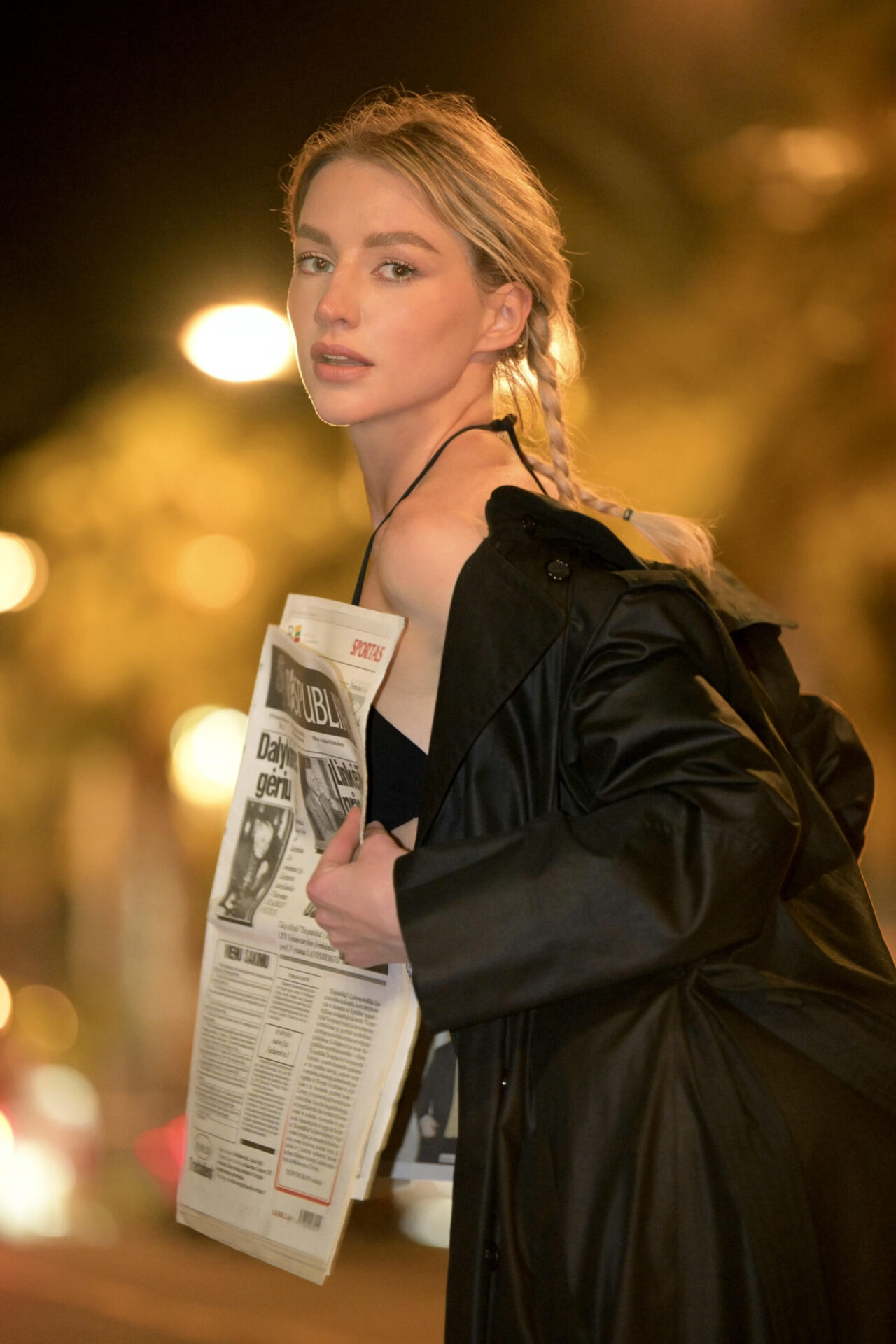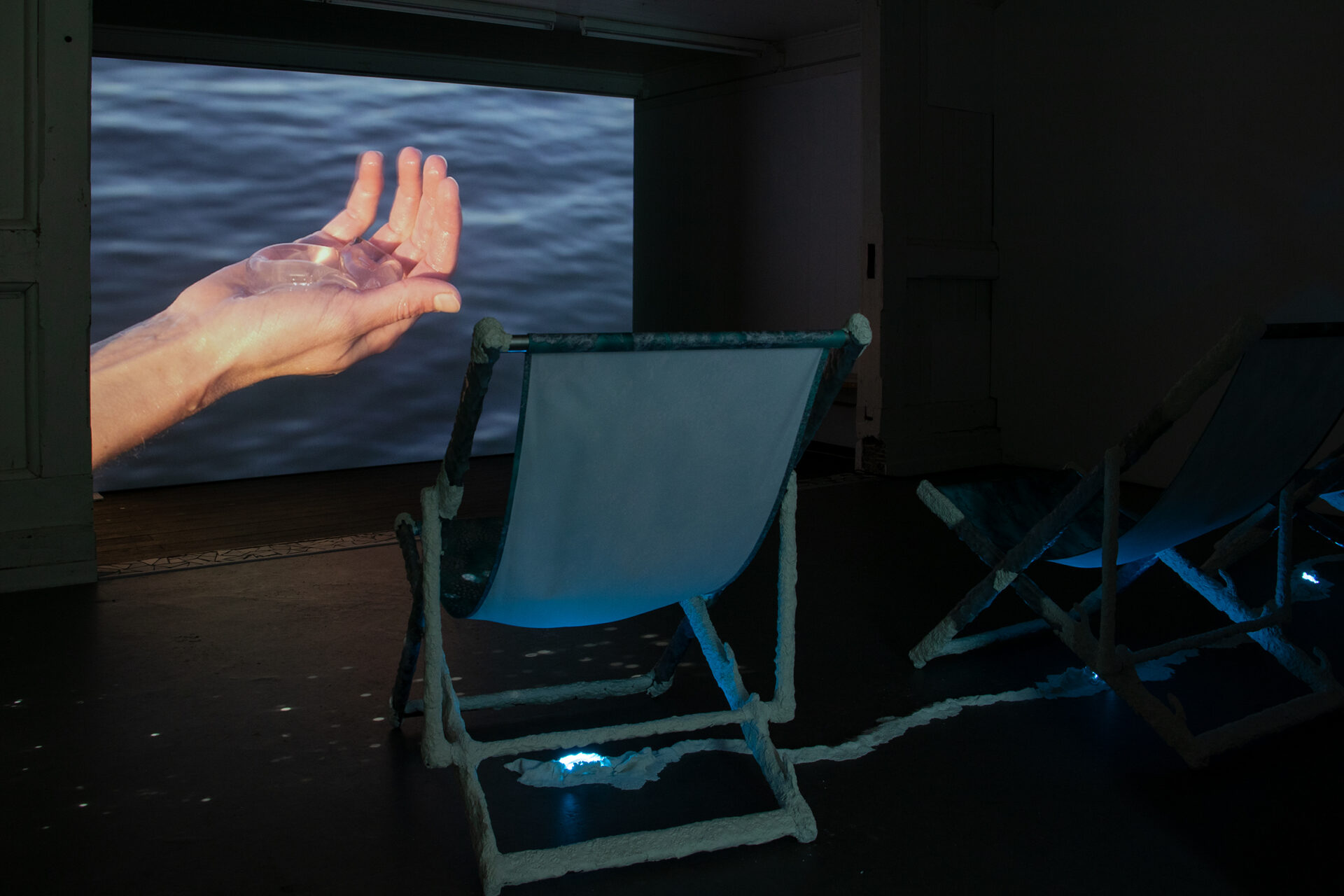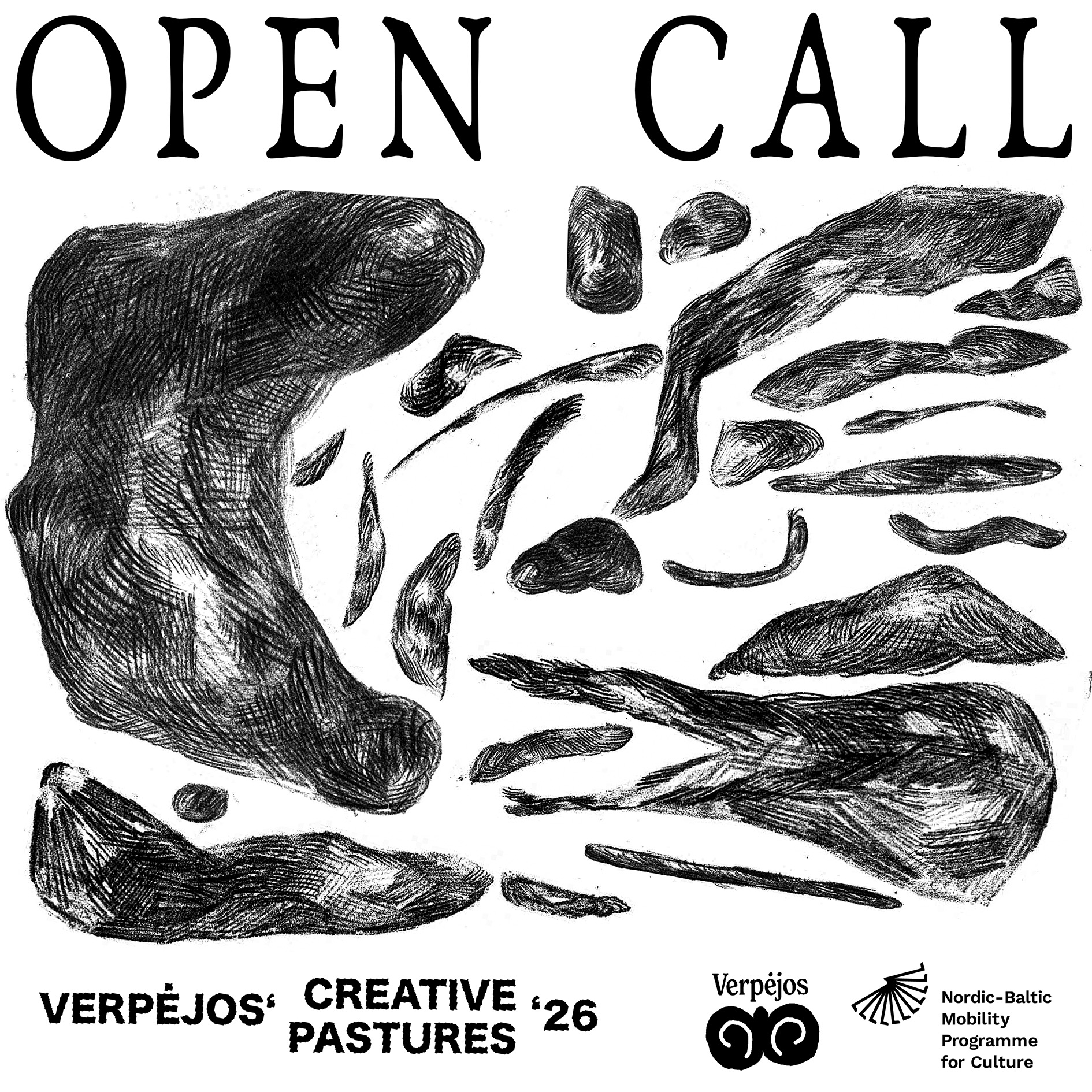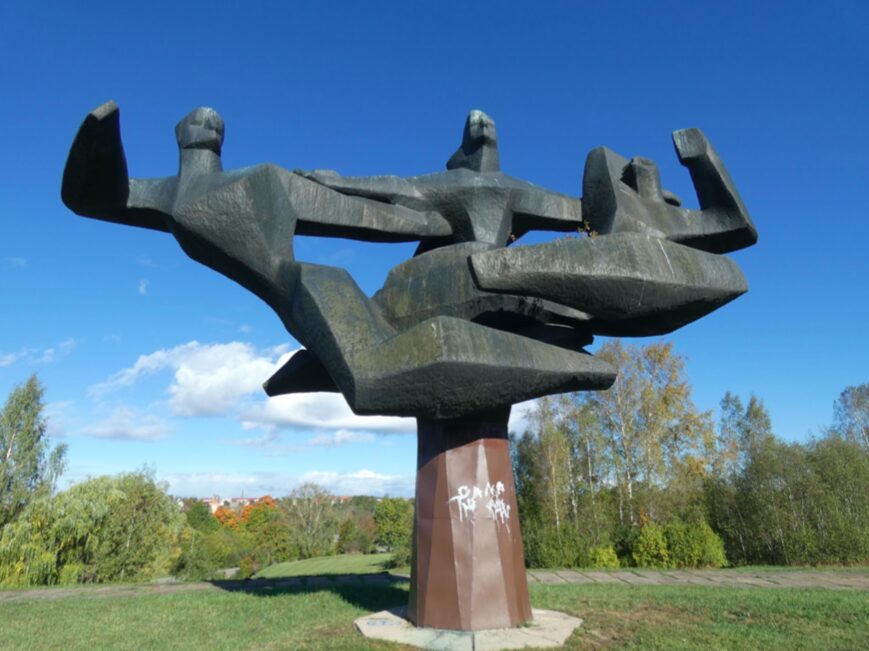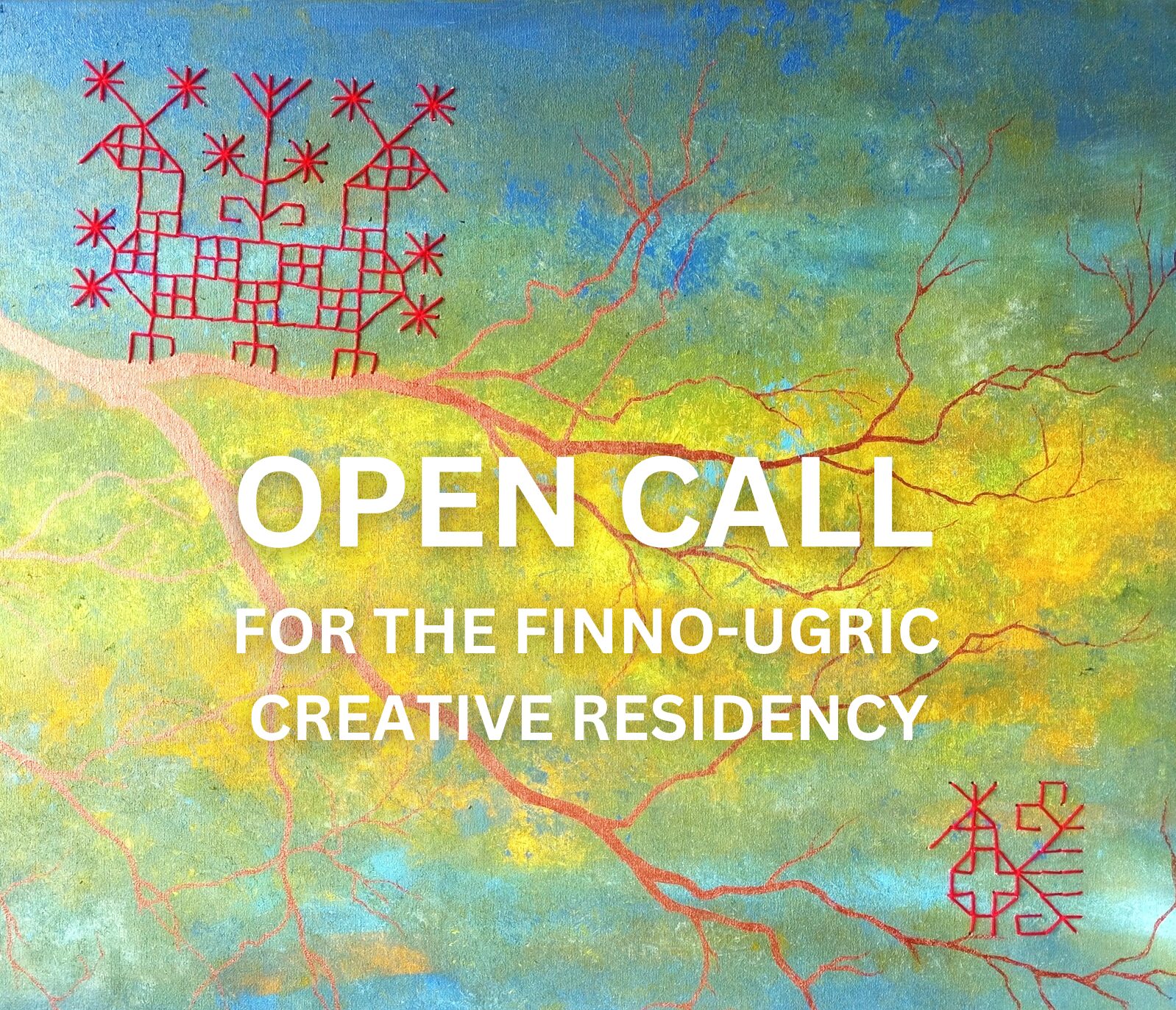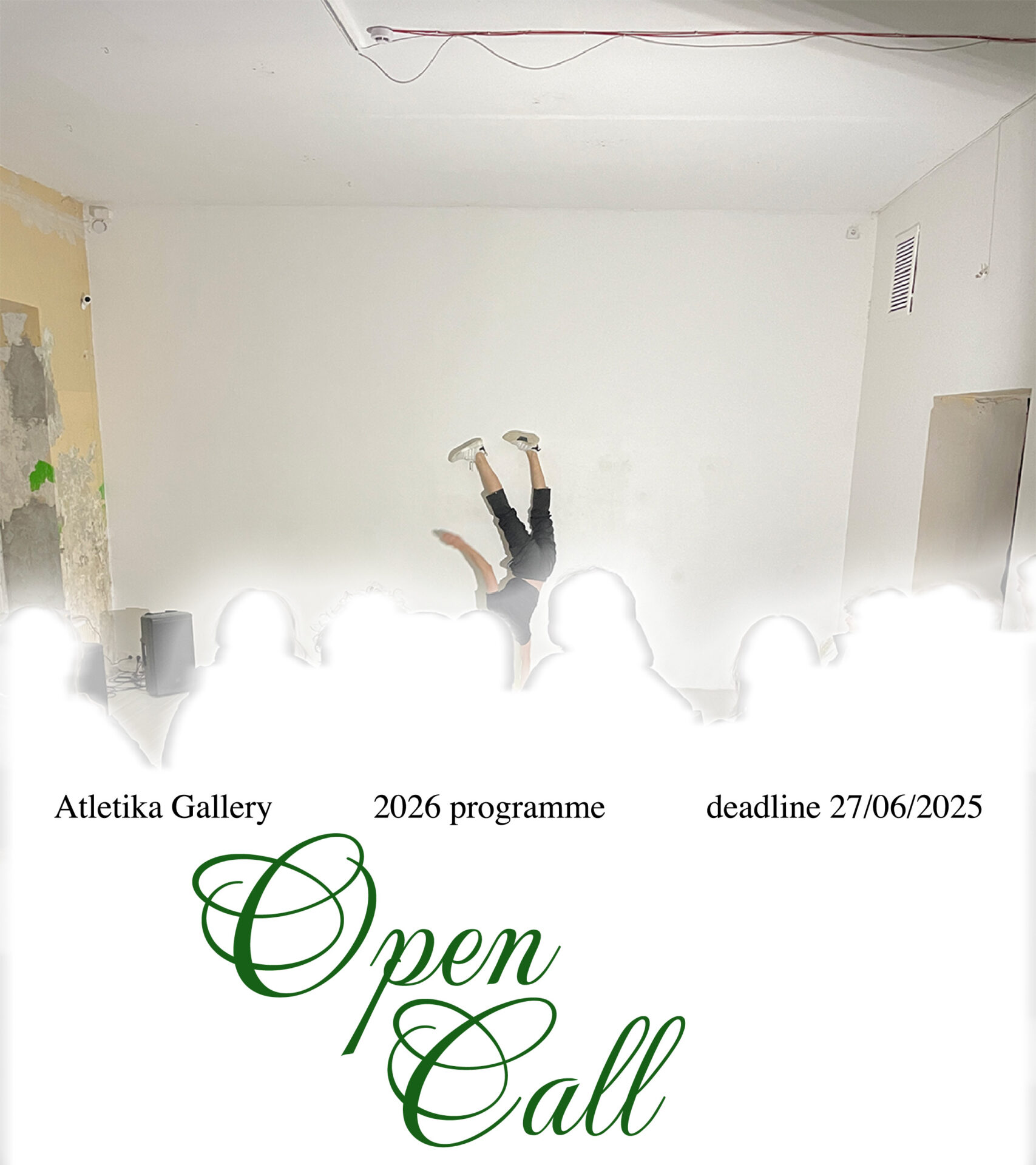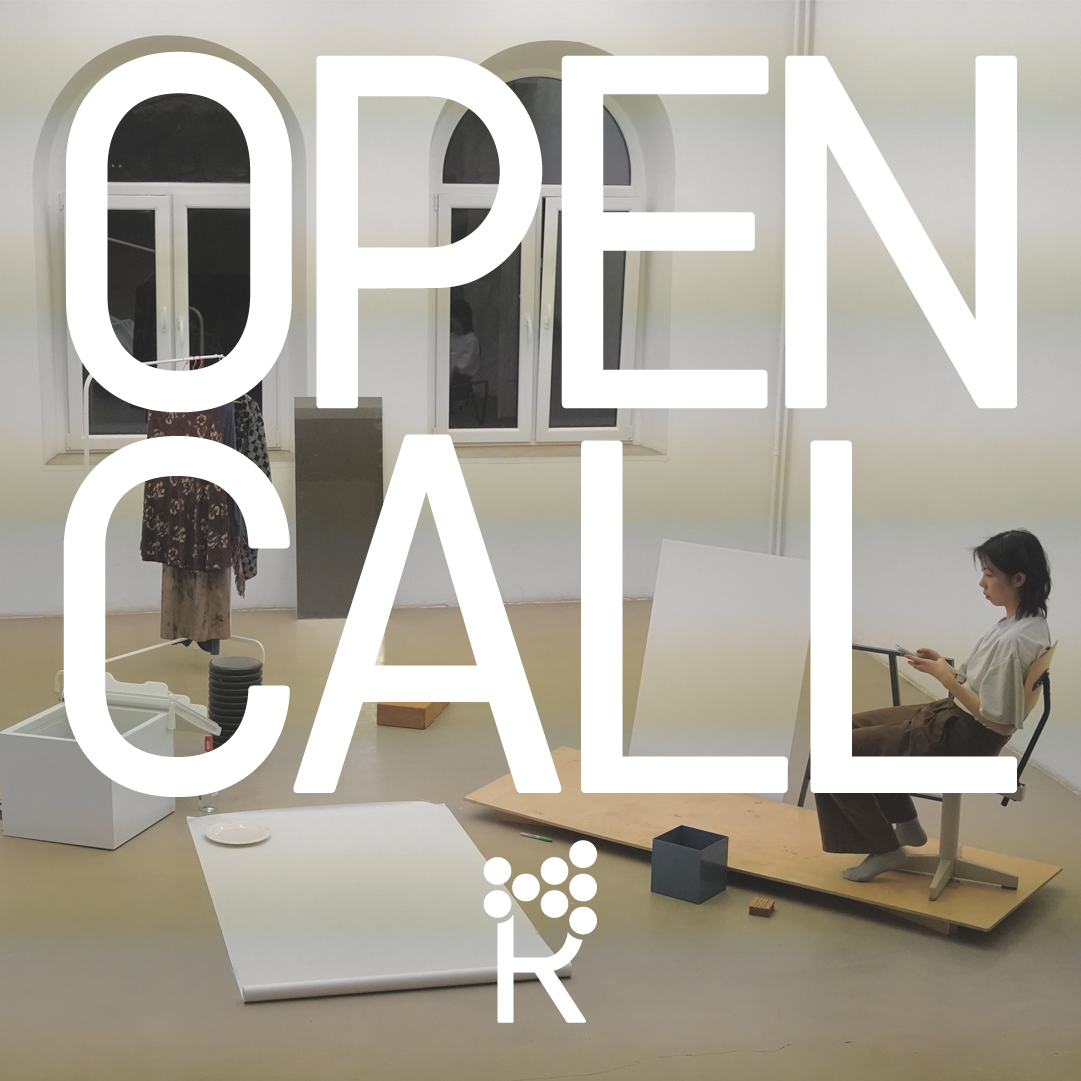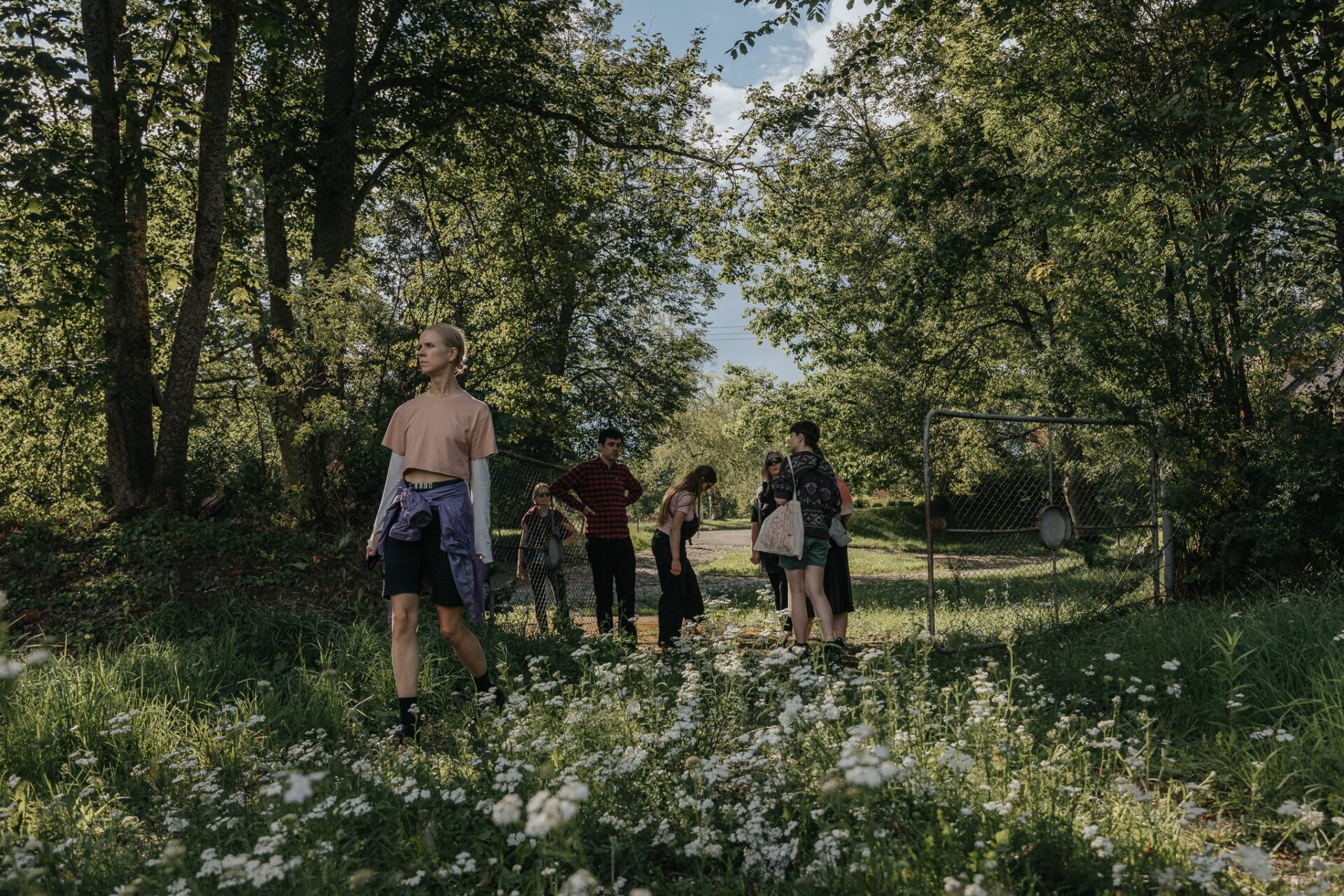From 5 to 7 October the event hall of the SODAS 2123 cultural complex in Vilnius became a temporary walking research centre and a meeting point for over 30 artists and scholars, who came to share their practices, ideas, methods and routes. Participants from different countries and even continents, from the United States to Australia, explored various meanings of walking in contemporary society and other contexts. The presenters offered many perspectives, linking together separate theories, disciplines and fields. Furthermore, there were walks, workshops and walkshops led, that allowed people to engage in the programme not only mentally but physically as well.
The three-day symposium was curated by Vitalij Červiakov, a pioneer of walking as an artistic practice in Lithuania, along with a co-curatorial team consisting of Danutė Gambickaitė, Lina Michelkevičė and Vytautas Michelkevičius.
Since the symposium programme was mapped out in such a way that, in many cases, several different activities were happening simultaneously, I had to select where to be and what to miss. And although I often had the urge to be in multiple places at once, I still prioritised full participation in what I chose, even if it meant participating in fewer activities. However, the symposium experience was not only about participating directly in walks or listening to presentations. It was also about collective conversations, sharing impressions, and getting to know other participants whose presentations I could not attend. Snippets of conversations, memories of other participants, their impressions and thoughts, intertwined with mine, and formed a shared experience that I will attempt to convey in this review.
I hope that this review will unfold for readers like a stroll through my collected memories of the symposium, with brief stops at the most memorable places, unexpected detours, and perhaps even flyovers to cross from one topic to another.

Andrew Brown. OpenCity Vilnius. Photo: Rimgaudas Barauskis
How can walking be (not) honest?
When a human is born and begins to walk, the movement evolves naturally and is therefore initially innocent. But as soon as the little person leaves the comfort of the home, walking gains a meaning in society, depending on the age, sex, skin colour and origins of the person, as well as the context where the movement is performed. Therefore, interpreted by others, walking becomes a medium for a certain message to be conveyed.
Matthew Beaumont, in his presentation ‘Un/freedom on the Streets: Walking with Garnette Cadogan and Frantz Fanon’, introduced two concepts adopted and developed by Frantz Fanon that mark this distinction. The first is ‘ontogeny’, which helps to see walking as part of our being, which makes us human. The other is ‘sociogeny’, which makes one an individual in a particular social and cultural setting. Unfortunately, the latter is not a matter of choice, but is imposed by established norms, and this way it corrupts the initial innocence of walking. Beaumont argues that this innocence is not only lost in contemporary times due to the influence of politics, technology and surveillance capitalism, but was gone long before, providing an example from late 19th-century England when street lighting was introduced to the city and pedestrians started ‘making use’ of their walking time by reading books or newspapers as they went.
Seems like the first symptoms of brain pain …
On the first day of the symposium, Karen O’Rourke gave a perfect example of geopolitically burdened sociogenic walking, which also became a way for an individual to rethink the relationship with his land outside the logic of colonial capitalism. She talked about the Palestinian lawyer and author Raja Shehadeh, who wrote books about hiking through the hills of Palestine where land had been annexed by Israel. In his story, the personal and the political intertwine at every step of the walk, and the dream of doing a walkabout gets overshadowed by the real danger of being arrested or shot simply for walking in your motherland.

Karen O’Rourke. Time to Walk. Photo: Ivan Sanczewski
On the third day of the symposium Hamas launched an assault on Israel …
To be honest, in walking one has to gain awareness, which provides an ability to use the medium intentionally, or, as Matthew Beaumont suggests, one has to consciously practise undistracted walking. In this way, the initial innocence is reclaimed by attending to sensoria, and social norms could be questioned by turning a walk into an intentionally political one.
And so we did walk. Honestly.
We walked collectively in order to reclaim streets, passages and public spaces that were privatised. Believing in hospitality as an intrinsic human feature, and led by Francesco Careri, we wandered through the Markučiai neighbourhood. Purposely yet harmlessly ignoring the conventional paths, we crossed railways and courtyards, and we knocked on the doors of strangers, introducing ourselves as a group of ‘itinerant poets’, with a hope to be hosted for the final party.
We marched slowly in pairs of two with Candice Salyers, engaging in a walk as an act of solidarity with women, whose innate sex or gender identity becomes a threat to their life when walking alone at night.
We practised stillness and observed others walking while standing in a grocery store car park with James Cunningham. Here, walking became a metaphor for the inner wandering attention that formed the trail of thoughts in the 20-minute mental and visual stroll.
We were submerged in an intimate relationship with the city of Vilnius through the sounds recorded by Andrew Brown. This way, we could witness the merging layers of the environment: the past and present getting imprinted into our perception.

Nienke Scholts. This Walk Is a Pause. Photo: Ivan Sanczewski
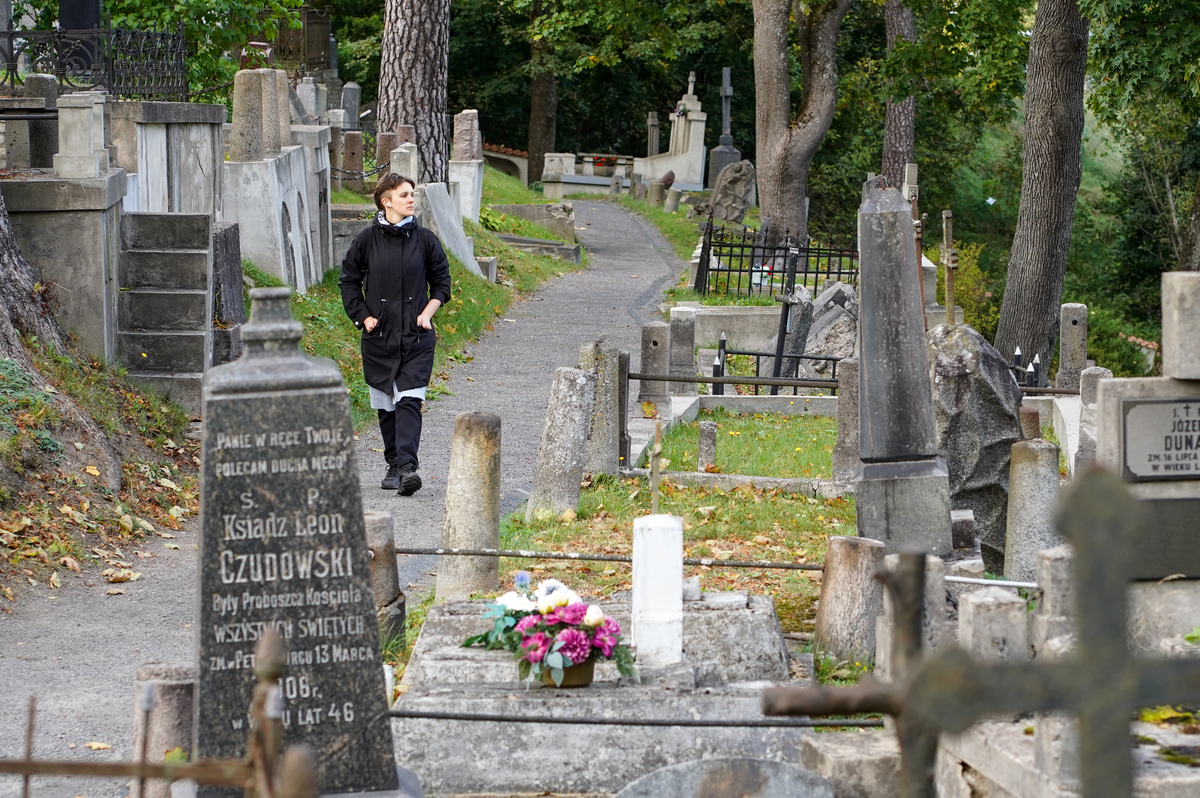
Nienke Scholts. This Walk Is a Pause. Photo: Ivan Sanczewski
We paused to walk and walked to pause with Nienke Scholts, who dramaturgically orchestrated our thoughts during a stroll through the Rasos cemetery. Posing the questions what a mental pause is, and how different it is from mental paralysis or brain pain, Nienke addressed the increasing pace of our lives and our own agency in it. After the walk, we decided collectively that a pause is a change of rhythm, and it is a necessary step aside from the usual path towards productivity.
We meandered around in pairs to rethink this fastened pace in contemporary society, inspired by Claire Gauzente, who brought up the concept of degrowth. She based her contribution on Harmut Rosa’s ideas about social acceleration, caused by the development of technology and the capitalist urge for endless growth (which is the main cause of brain pain). I was lucky enough to get a companion who was sceptical about the idea of degrowth. Therefore, our walk turned into a productive debate, ending with the agreement that ‘degrowth’ could be synonymous with the societal paralysis that could provide us with a pause for reflection allowing us to redirect our growth.
We even consciously practised distracted walking with General Assn (Alyssa Grossman and Selena Kimball), while mediating it through Zoom on our phones, to create a nexus of perspectives and to let go of the expectations of the final result. This way we could focus on the process, and even make the distraction honest.
We paid attention to our surroundings, our senses, our thoughts and other fellows, embodying the idea of honest walking and pondering over the constraints of the body, as well as the restrictions formed by society. And, of course, we did much more, and it would be impossible to mention it all. Yet what is important is how widely the act of walking was interpreted in this symposium, and how it become a bridge connecting different realms: from theory to practice, from arts to sciences, from politics to poetry, from physical movement to linguistics.

Matthew Beaumont. (Un)freedom of the Streets. Photo: Ivan Sanczewski
From physical movement to linguistics
The latter link was reiterated by a number of presenters, and therefore caught my attention as a topic that goes beyond the usual notion of walking as a necessarily physical act. Walking as a metaphor opened up a different perspective to the one that Matthew Beaumont was talking about. Here, walking becomes, as Ondřej Buddeus expressed, mental locomotion guiding us through the landscape of meaning. Even though it is rooted in a physical act, walking is not necessarily linked to the physical context, and is therefore seen not as a medium for a message, but as a method, a certain way of thinking.
Ivan Pope, who led a four-hour walk as a literary journey, connecting the lives of the ghetto fighter and archivist Rachel Margolis with the Holocaust diarist Kazimierz Sakowicz, asked the question: How can we generate text by walking around in a historically and culturally complicated place? He proposed the answer by talking about his own writing, which grew out of the process of walking and seemed to mirror the history of the landscape.
Elina Mikkilä explored the potential of walking to numb an overly critical mind and evoke linguistic sensitivity, creating a different way of relating to one’s environment. Through the term ‘creatical writing’ she merged the creative and the critical, showing how the misinterpretation of a word can open up a new perspective for a physical path.
Clementine Butler-Gallie suggested that a walk could be a curatorial methodology, opening a space for cultural exchange and encounters with others. Using the metaphor of a treadmill, she discussed the pace of contemporary cultural production and posed a question: how to change the route and slow down when the pace is set? This became the inspiration for the ‘Rerouting’ project, involving artists studio visits as walks and a residency where artist meetings took the form of walks.
Elena Peytchinska presented a way to weave the practices of walking and writing by describing the concept of la randonnée as a method that allows us to diverge from pre-determined straight lines of research and to become a wanderer crossing the borders of disciplines, drawing on the philosophy of Michel Serres.
Inspired by the ideas gathered at the symposium regarding the relations between text and walking, I decided to apply them in practice. To provide the reader with experience of the symposium, I wrote this review forming text as a stereoscopic structure. I did not aim to draw a straight line, but rather intended to open up a horizon of meanings with primary and tangential topics that could be related to each other in numerous ways. For me, this was an incredibly adventurous meander through the notes and memories of the symposium, and I hope that for the reader it was a mental itinerary that was anything but dull.

Ivan Pope. Out of the Woods. A Literary Journey from the Past to the Present. Photo: Sepa Sama

Ondřej Buddeus. Embodied Explorations. Reading the Landscape, Walking the Text. Photo: Ivan Sanczewski
